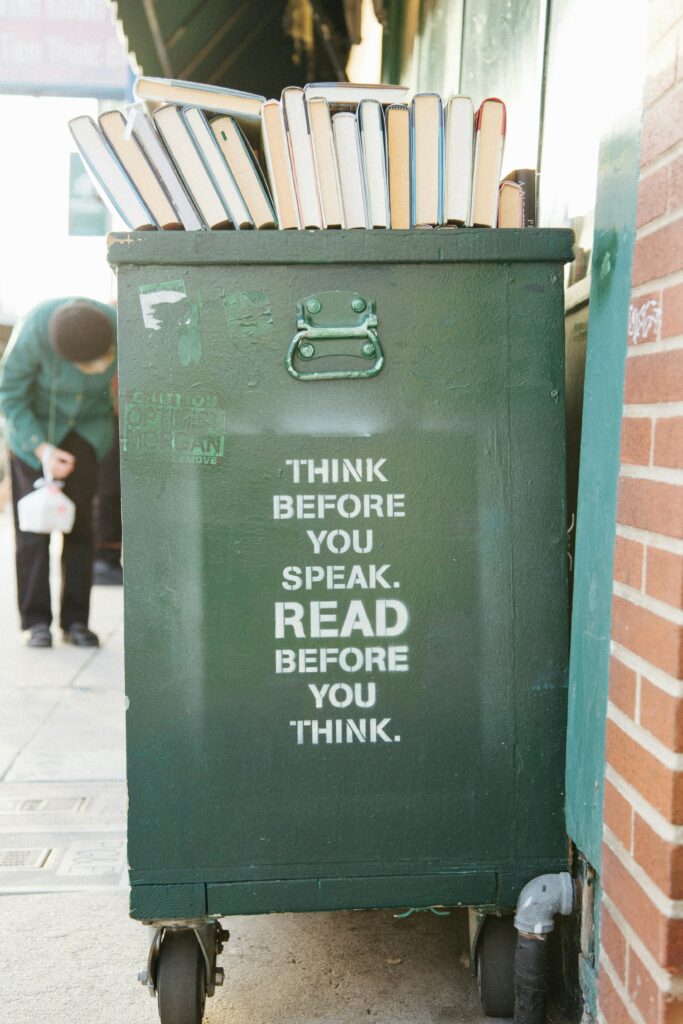
Photo by Element5 Digital on Unsplash
What is Universal Design for Learning (UDL)?
Universal Design for Learning (UDL) is an approach that makes learning more accessible to students. This creates a more inclusive learning environment because as we all know, every student is special. Instead of assuming everyone learns the same way, educators may create different methods for students. According to Module 3, the 3 principles are multiple means of engagement, representation, action, and expression. In a physical class, UDL may be presented visually, in group activities and discussions. UDL can also be applied in a digital classroom through quizzes, lectures, and discussions, similar to how it was done in EDCI339.

Photo by Chris Montgomery on Unsplash
Ensuring Accessibility in Online Settings:
To make online learning accessible for all students, educators need to consider tools that may accommodate students. It is important to remember that what works for you may not work for others. Academic content should be posted on a user-friendly website, and offered in various formats. Whether in videos, audio, or texts, they should always be easily accessible. This may engage learners with different disabilities. Moreover, educators should allow students to have extensions as long as they are reasonable. I believe many learners are busy with their daily lives. I feel like UVic provided enough resources for these kinds of accessibility. I am the person who always asks for extensions and I can confirm this truth.

Photo by Unseen Studio on Unsplash
Ethical Challenges of EdTech:
When it comes to ethical challenges, one of the main ethical challenges in online learning is privacy. These educational technologies always keep track of our personal information and data. It’s scary to think of these tools monitoring us. Furthermore, education is becoming more commercialized to the extent that they are affecting our daily lives. To address these concerns, I suggest educators close these tracking systems once students are fully graded.

Photo by Kyle Glenn on Unsplash
Ethical Considerations in Digital Interactions:
Listed in module 3, digital footprint, privacy, respect, and civility are the main ethical considerations in digital interactions. I always think carefully about what I post, beware of any academic violations, share minimal personal information, and use respectful and inclusive language. I try to think critically about my actions so that I can keep my digital interactions respectful, inclusive, and ethical.

Photo by Nick Morrison on Unsplash
Applying UDL and Accessibility Principles:
As a student, I was very honored to be part of the summer EDCI 335 class. We also practiced UDL in that class and I was able to utilize the concepts in the website I made with my group. For example, we made definitions to clarify every term. The only improvement I could think of is making it more user-friendly. I remember the website we made was hard to navigate unless others take time to browse it.